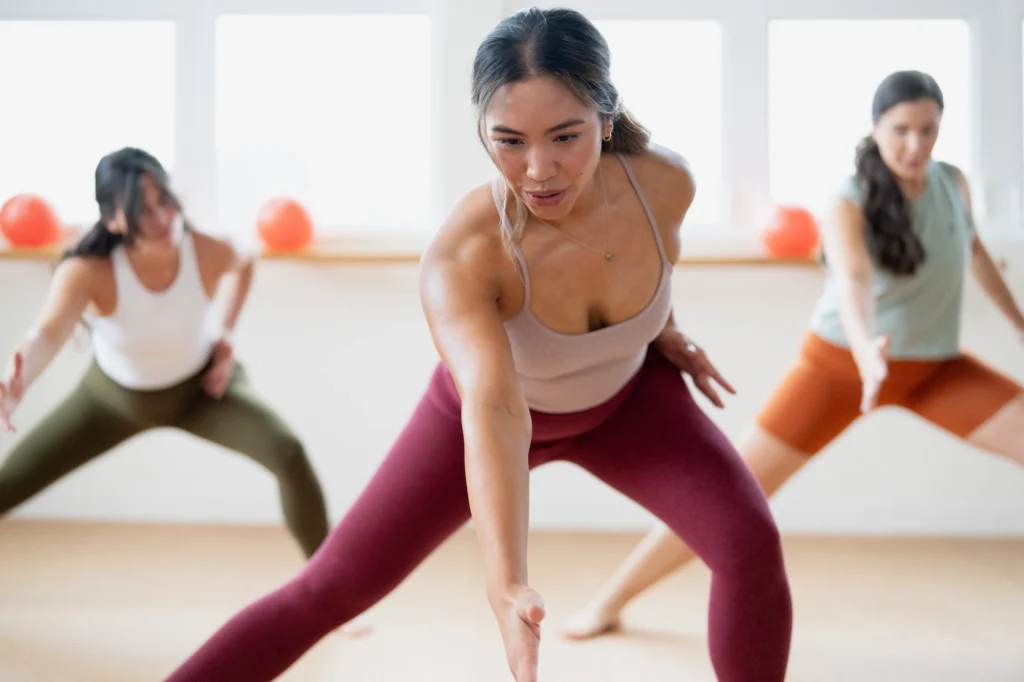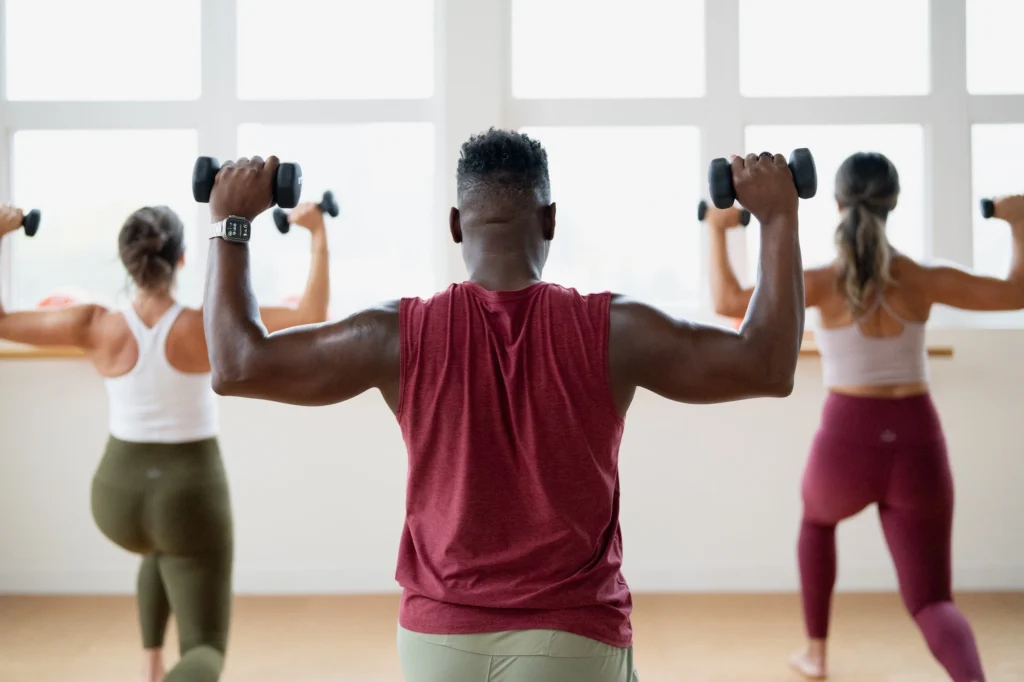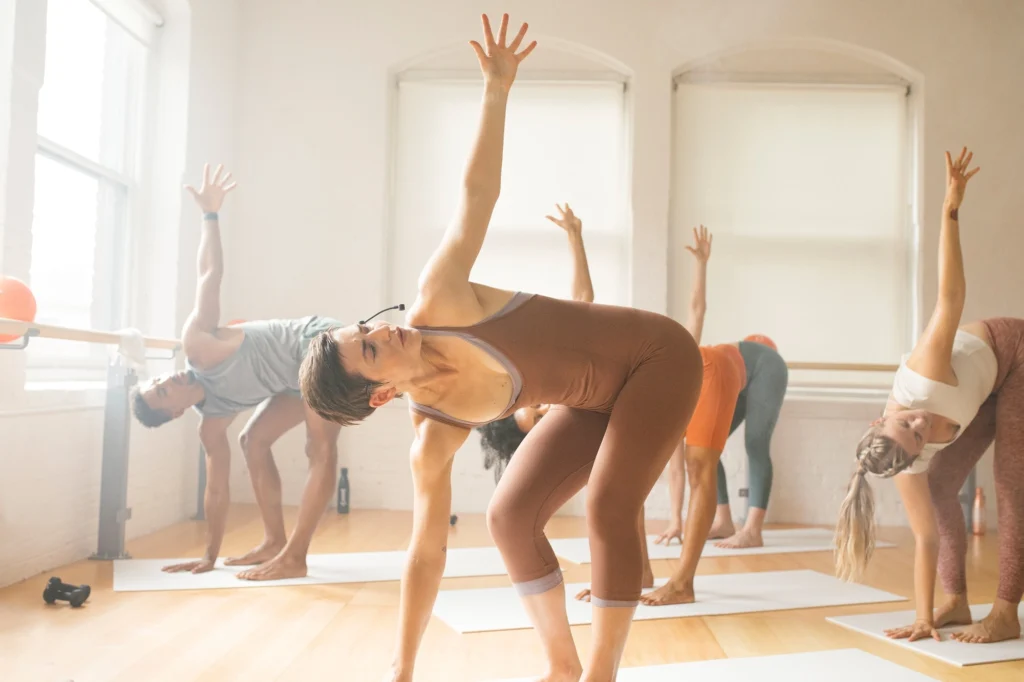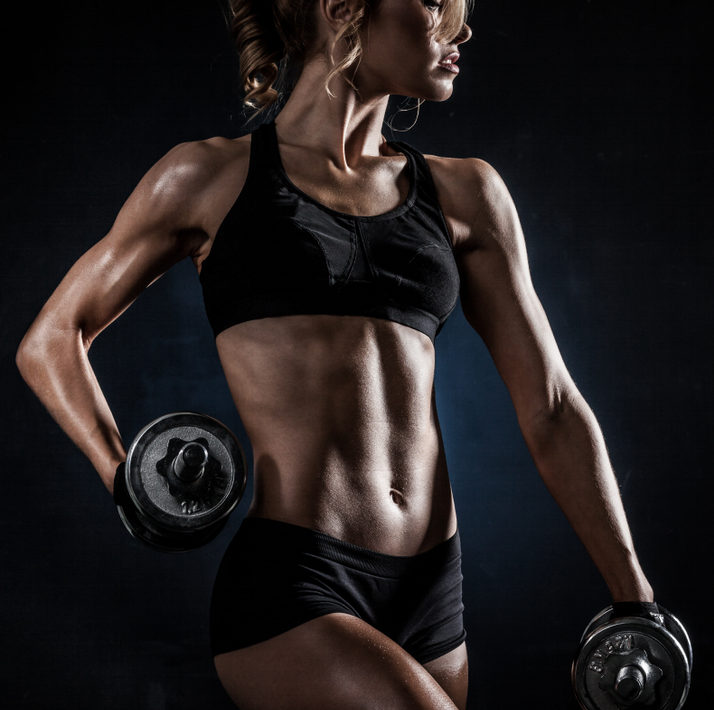Featured on Franchise Corner
View More
CEO Corner: Sadie Lincoln on barre3’s Incredible Franchise Expansion

Lincoln, who guided barre3 through the pandemic, says the fitness franchise is on pace to reach 1,000 global locations
When Sadie Lincoln and her husband founded barre3 in 2008 in Portland, Oregon, Barre itself was a niche modality, relatively unknown outside the dancing community and certain pockets of the fitness industry.
Since then, Barre has become one of the most popular forms of group exercise in the United States, especially among women, rivaling traditional modalities like yoga and Pilates. Barre3 has played a key role in that growth, serving fitness enthusiasts at in-person studios across North America and through barre3 Online, the brand’s on-demand workout platform.
Barre3 currently has 190 open studios and is pursuing expansion through traditional franchising and strategic acquisitions. Lincoln, who serves as barre3’s CEO and helped steer the female-owned and operated brand through the COVID-19 pandemic, says the fitness franchise is on pace to reach 1,000 global locations based on current growth numbers.
Lincoln spoke with Athletech News about her inspiration for creating barre3, how she and her team have built the brand into a thriving franchise business and her thoughts on the state of boutique fitness in the post-pandemic era.
This conversation has been lightly edited for clarity and length.
Athletech News: Can you tell us a bit about your background and why you decided to create barre3 back in 2008?
Sadie Lincoln: When I was 18, I started teaching group exercise classes in Los Angeles, and I worked at the John Wooden Center at UCLA running the group exercise program. In grad school, I started the fitness and wellness programming at the College of William & Mary, where I got my Master’s. Right after that, I landed a job with 24 Hour Fitness when we were around 24 gyms. I stayed there for a decade and helped grow the company to 430 locations globally, working for founder and then-CEO Mark Mastrov for many of those years.
Eventually, I pulled my husband into the mix and the two of us were able to concept a new franchise brand under the 24 Hour Fitness umbrella – I did product and branding, he did the business and operations side. We opened around 15 locations, so we tested ourselves as married partners and also business partners.
I was curious about major problems I was seeing in the fitness industry, and I wanted to create something to solve what I was struggling with. One was pain in my body from pushing myself too hard trying to get a physical ideal. The second was shame, this feeling of body image issues, from, again, trying to reach an ideal. I loved yoga and the mindfulness of yoga, but I wanted to infuse that into traditional fitness. That’s what we did with barre3 while creating a small community environment with a beautiful, upscale feel and really focusing on connection, which I thought was missing from the big-box gym concepts.

ATN: Why did you choose Barre over other fitness modalities?
SL: I’d been doing Barre since the late ’90s – I loved how sophisticated it was while being highly efficient and effective in a short amount of time, which as a busy, high-achieving woman, was exactly what I wanted.
I also loved the feeling of the community of women, but what was missing for me was the functional fitness side of it. Barre is attached to the Lotte Berk method and honoring that heritage, which is beautiful in its own right, but I didn’t think all of that was necessarily good for the modern-day client. I wanted to have a neutral spine which I thought was healthier – I blew out my back doing traditional Barre. I also wanted something that was more mindful and about being present in your body as it is, versus conforming to what everybody else looks like. I also wanted to add cardio, and strength and conditioning, to create more variety. Those things merged together which is why I decided to go with the name “barre3.” The “three” is about strength, cardio and mindfulness, all in one.

ATN: You’ve grown barre3 to 190 locations, without taking on any outside investors. What have been the keys to scaling barre3 through franchising?
SL: Number one, we’ve grown very sustainably. We’re owner-operated, so every person who has invested in barre3 up to this point has invested to open their own studio, sometimes with their life savings. They’ve got skin in the game, and they’re aligned with our vision, mission and purpose.
We’ve also focused on diverse revenue streams; we didn’t want all our eggs in one basket. We own our own studios, which operate as the lab where we test and pilot, and also grow our strongest trainers to train our teams. We also have a digital business with clients in over 100 countries. We started barre3 Online in 2011 as one of the early adopters (of digital), which came from listening to our clients. That program became even stronger because of COVID – we grew 100% year-over-year in one month with our digital businesses, which helped sustain the rest of our organization. And then we have our franchise business, which is the foundation of who we are. We want to be the best franchisor for women’s boutique health and fitness in the world. That combination is why we are as strong as we are today.

ATN: How has the boutique fitness industry changed since the pandemic?
SL: There’s been a big shake-up. There are a lot of studio owners who got through COVID, but they’re really struggling right now. Smaller studios need more support. Now more than ever, I realize the value in franchising – I think a big brand presence is needed to be successful in brick-and-mortar.
Also, I think consumers coming out of the pandemic are more wary, they want to trust who’s behind the brand. And it’s more than just fitness, consumers are loooking for wellness, especially our consumer, women.

ATN: barre 3 made headlines in 2023 when it acquired The Barre Code. Given the post-pandemic struggles of some smaller boutique fitness brands, could barre3 look to continue growing through acquisitions?
SL: Certainly. If there’s an alignment in our core values, vision and mission, then it’s something I’m proud to say we can do. It’s not just the bigger brands like The Barre Code – the owner of Spokane Barre just became part of barre3. I’m passionate about the people who have one or two studios but want to join something bigger and get the support they need.
ATN: How big could barre3 become, both domestically and internationally?
SL: We’re ready for growth more than we’ve ever been. In five years, I think we’ll have 500 domestic and at least 500 international locations. It could be more, honestly. Based on our mapping software, we could open another 500 locations just with this specific demographic we serve. We know it’s available but we won’t do it too quickly and compromise our brand and our resilience for the future.
Josh Liberatore, the executive editor of Athletech News, is a New York-based journalist and media professional with deep experience covering business, technology, and the industries shaping modern culture. Before joining ATN, Josh held editor and senior reporter roles at Sports Business Journal and Law360, helping to grow the leading trade publications for the sports and legal industries, respectively. Josh has a BA from the University of Pittsburgh and speaks fluent French.



